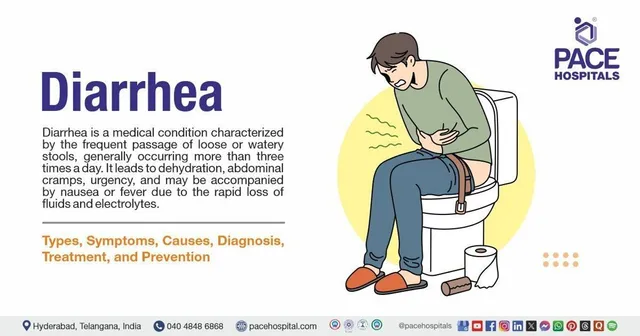
Cancer that originates in the pancreas is divided into two types. Cancers of the pancreatic ducts (called adenocarcinomas) constitute more than 90% of cases, and the remaining cancers are tumors of cells (often insulin-producing cells) that make hormones.
Pancreatic cancer almost always affects the elderly, and the incidence of this disease increases as age increases and lifespan increases.
Cigarette smoking and chronic pancreatitis may be contributing factors.
Symptoms:
When pancreatic cancer arises, the only symptom is often a non-specific feeling of discomfort in the abdomen. Another symptom is pain that ravages the abdomen, radiating from the abdomen to the back, and improves as the patient bends his body forward. The patient’s appetite also weakens and his weight decreases.
Most pancreatic tumors affect the head of the pancreas. When these tumors grow, they can block the passage of bile from the liver and block the bile ducts heading to the intestines. This causes bilirubin (a yellow-orange bile pigment) to accumulate in the body, followed by the appearance of jaundice and itching. The urine is brown and the stool is very light, clay-coloured. By the time jaundice appears, the tumor has often grown significantly in size.
In the case of tumors that consist of hormone-producing cells, the symptoms depend on the hormone that is produced in large quantities. In most of these cases, this hormone is insulin, the large production of which leads to low blood sugar levels and a tendency to faint, become confused, tremble, and sweat.
Pancreatic cancer treatment options:
If the doctor suspects the presence of pancreatic cancer, he performs a number of tests or examinations, including blood tests to detect tumor markers (which are proteins produced by tumors that circulate in the bloodstream).
Although ultrasound and computer tomography are the mainstay for identifying pancreatic cancer and determining the extent of the tumor’s progress, both methods can miss the diagnosis of some cancer cases.
Other tests include endoscopy to visualize the bile ducts and pancreas with retrograde injection, which also allows a sample of the tumor to be taken for examination and to remove any obstruction.
Doctors sometimes use a computerized tomography scan to guide a fine needle until it reaches the pancreas to collect some cells that are examined under a microscope to determine whether they are cancerous or not.
The only treatment for pancreatic cancer is to remove all or part of the pancreas. This is only useful in the few patients whose cases are diagnosed before the cancer spreads. The possibility of relapse is high, and it is more likely if cancer cells are found in nearby lymph nodes or if the tumor has spread to other tissues. Neighborhood.
Radiation therapy and chemotherapy may be used to make tumors shrink or treat them after resection surgery, but these treatments do not prolong life.
Inserting rigid tubes (stents) into the bile duct using the ERCP method can fundamentally improve quality of life without surgery.






